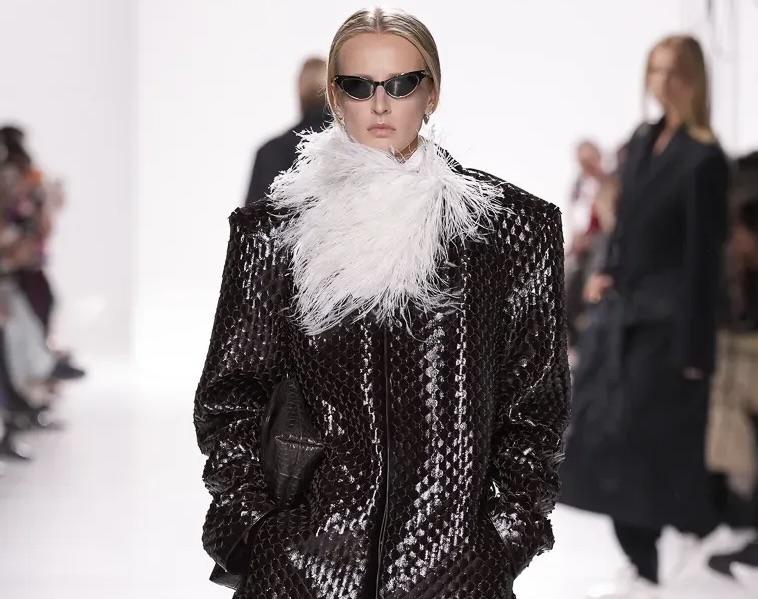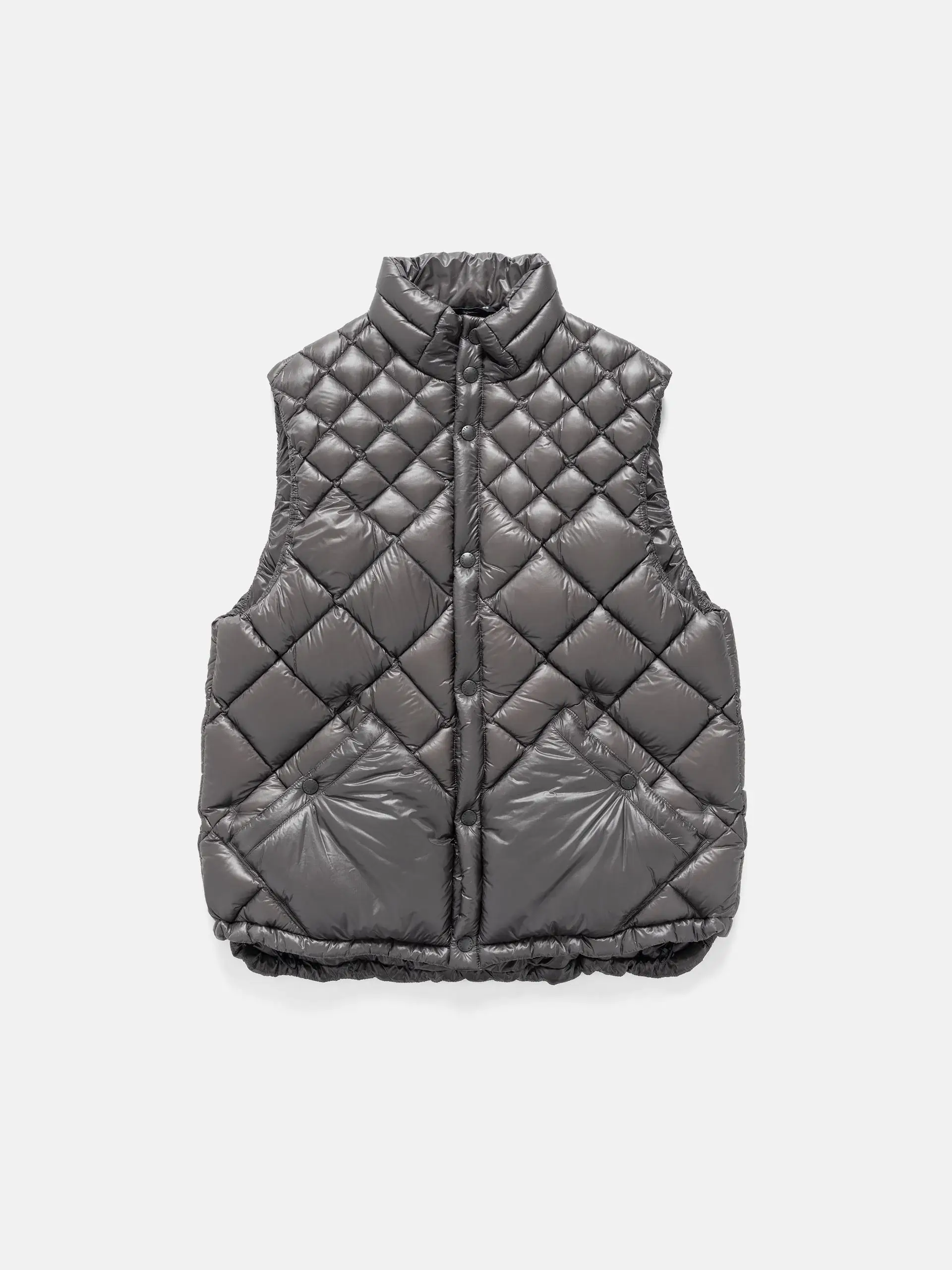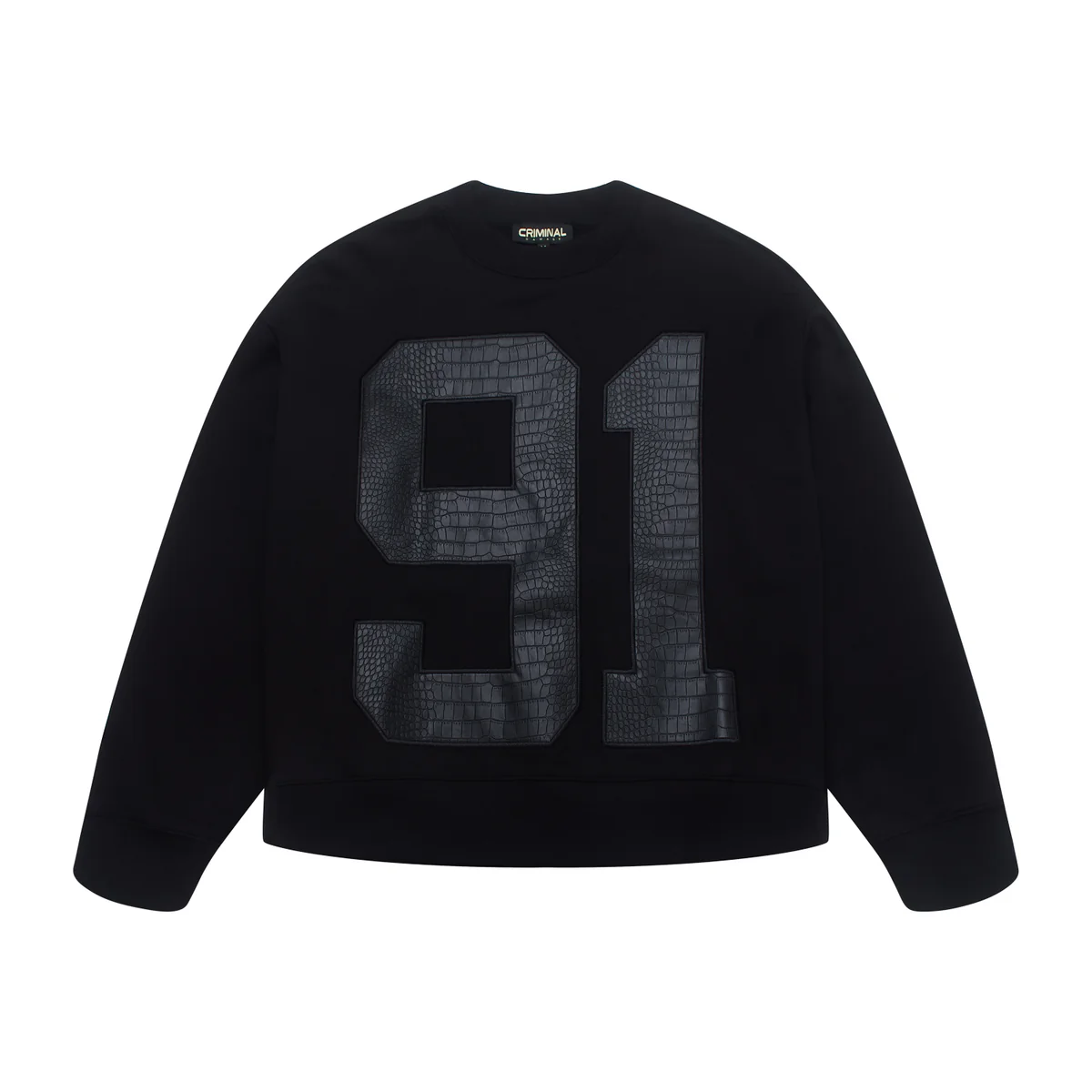The debut of a creative director at a heritage fashion house is never just another runway show. It is a cultural moment, a recalibration of codes, and a litmus test for how well a new voice can honor history while sketching the outlines of the future. In Milan, Louise Trotter stepped into this crucible with her first collection for Bottega Veneta. Expectations were high, speculation intense, and the gaze of an industry sharpened to a point.
What unfolded was not a rupture but a resonance: a collection that drew deeply from Bottega’s artisanal roots, layered with fresh inflections of femininity, tactility, and curiosity. The verdict, at least in these early hours, is strikingly clear: Trotter has offered a vision that feels both grounded and new.
Carine Roitfeld, Edward Buchanan, Nicole Chapoteau, and other front-row voices were quick to weigh in. Their responses map out a consensus that this was a debut of confidence, texture, and considered daring. Yet beyond individual soundbites, their perspectives speak to broader questions: What does it mean to inherit a house like Bottega Veneta? How does a woman’s vision alter its shape? And can continuity and change coexist in equal measure?
A Designer of Quiet Force
Louise Trotter’s career has always been defined by subtlety rather than spectacle. From her years at Joseph to her tenure at Lacoste, she has cultivated a language of tailoring, craft, and precision. At Bottega Veneta, she inherits a house celebrated for discretion, for the mastery of leather weaving known as intrecciato, for a commitment to tactility over logos.
Her first act, then, was not to erase but to listen. Trotter immersed herself in the Veneto region, spoke with artisans, and studied archival moments from 1966 and 1967. Her starting point was less about shock and more about excavation — understanding the DNA of a house whose essence lies in how a garment feels as much as how it looks.
Carine Roitfeld: Haute with Feminine Edges
Carine Roitfeld’s reflections on the show were laced with admiration. She described the collection as evoking “the impression of luxury — the good way of luxury.” That phrase alone captures the delicate balance Trotter achieved: an Italian Hermés, in Roitfeld’s words, where leather abundance met refinement.
Roitfeld noted the progression of the show — opening looks that were simple, wearable, even client-friendly, gradually expanding into more daring creative territory. This sequencing, intentional and measured, reflects Trotter’s understanding that Bottega’s clientele crave both access and aspiration.
Perhaps most telling was Roitfeld’s recognition of a more feminine inflection. “It is a bit more feminine,” she observed, praising the colors, the omnipresent bags, and the playful footwear choices. The clogs, particularly in white, brought what she called “bad taste” into the mix, subverting polish with an element of provocation. For Roitfeld, this tension gave the collection its edge: impeccable craft, disrupted by unexpected humor.
Edward Buchanan: Continuity with a New Stamp
If Roitfeld brought the eye of a tastemaker, Edward Buchanan offered the perspective of a house insider. Once Bottega Veneta’s design director, Buchanan has intimate knowledge of its DNA. His reaction was unequivocally positive.
“This collection was so sensual and so full of curious textures,” he said. “A woman designer’s perspective really hits different. There was a nice, somehow continuation of Bottega Veneta’s past, but Louise’s stamp was also omnipresent and tangible.”
Buchanan’s emphasis on sensuality and texture highlights what many noticed: Trotter’s work appealed not only to the eye but to the imagination of touch. The woven leather scaled differently, the fabrications caught the light, and details flew by that demanded close inspection. He framed Trotter’s contribution as a fusion of heritage and novelty — the best of both worlds.
His invocation of the “woman designer’s perspective” has become a touchstone phrase. In a fashion system still dominated by male creative directors, Buchanan’s recognition of Trotter’s unique viewpoint underscores how subtle differences in mood, cut, or texture can recalibrate an entire house.
View this post on Instagram
Nicole Chapoteau: Jovial Continuity
Nicole Chapoteau of Vanity Fair interpreted the debut as a seamless evolution. To her, Trotter felt like the “perfect fit to develop from what Matthieu [Blazy] built.” She praised the collection for chic tailoring, playful textures, and colors that moved with joyful rhythm.
Chapoteau’s reading frames Trotter not as a disruptor but as a continuer. Rather than discarding the momentum built by her predecessor, she bridges it with her own sensibilities. The result, Chapoteau suggested, was a collection that resonated with Bottega’s artistic world while expanding its horizons through new color and silhouette.
The Craft Revived
One of the defining elements of this debut was its deep embrace of craft. Trotter’s commitment to artisanal work was evident in every woven bag, every tailored jacket, every reimagined weave. In a particularly striking gesture, she adjusted the proportions of the intrecciato weave itself, scaling down the leather strips to bring them closer to archival forms and heighten their sheen.
Some pieces took hundreds, even thousands, of hours to complete. A leather cape was reported to require 4,000 hours of labor. These feats of craft are more than displays of luxury excess; they are statements of intent. Trotter is reminding the industry that Bottega’s heart beats in its workshops, that its power lies in its artisans as much as in its silhouettes.
The tactility was impossible to ignore. Critics described textures that demanded touch: leather folded and pleated into new shapes, fabrics treated to catch the light in unexpected ways, details that blurred the line between garment and sculpture. This emphasis on how clothes feel — not only how they appear — is quintessentially Bottega, and Trotter amplified it with precision.
Feminine Nuance Without Cliché
Trotter’s debut carried what many called a more feminine energy. Yet it was not softness in the traditional sense. Instead, it emerged in subtler shifts: warmer colors, playful accessories, proportioned tailoring that curved rather than sliced, and fabrications that shimmered with delicacy.
The collection was not about overt femininity or romantic excess. Instead, it was about nuance — acknowledging how garments move, how colors vibrate, how bags anchor a look with both utility and allure. For a house often associated with austere restraint, this shift registered as a gentle warming, a humanizing of luxury.
Balancing Continuity and Risk
What makes Trotter’s debut compelling is its balance of continuity and risk. On one hand, she honored Bottega’s legacy, kept the intrecciato at the forefront, delivered tailoring and bags that resonate with core clients. On the other, she allowed herself risk: clogs in white, tinsel skirts that shimmered, colors that pulsed with playful joy.
This tension is key. A debut that plays too safe risks irrelevance. One that pushes too hard risks alienating loyalists. Trotter’s ability to walk that line — to insert humor, disruption, and play into a house of discretion — signals confidence and strategic instinct.
The Commercial Imperative
No debut, however critically acclaimed, succeeds without commercial resonance. In this regard, Trotter’s strategy was clear. The show balanced standout editorial pieces with wearable, desirable garments that can live in boutiques and wardrobes. Roitfeld’s emphasis on the wearability of the opening looks underscored this point.
Bags, always the commercial engine of Bottega, were omnipresent. Each look carried one, underscoring their role as both anchor and accessory. By reinvigorating the Lauren clutch and experimenting with scaled weaving, Trotter tied the runway directly to the boutique, ensuring that the buzz would translate into buy.
A New Era for Bottega Veneta
What does this debut mean in the larger arc of Bottega Veneta’s story? The house has seen rapid shifts over the past two decades: Tomas Maier’s quiet discretion, Daniel Lee’s bold modernism, Matthieu Blazy’s refined evolution. Now, Trotter steps in with her own synthesis: respect for craft, warmth of touch, feminine nuance, editorial wit.
Her debut suggests that Bottega will continue to be a house of discretion, but one willing to play. It will continue to anchor itself in craft, but with fresh proportions and renewed tactility. And it will continue to appeal to its clientele, but with more humor, warmth, and curiosity.
Challenges Ahead
No debut is immune to scrutiny. Trotter now faces the challenge of sustaining momentum, expanding her vocabulary, and proving that this balance of craft, femininity, and wit can evolve season after season. Luxury fashion demands not just strong shows but sustained narratives, commercial resonance, and brand clarity.
Questions linger: Will the artisanal feats scale for boutiques without diluting exclusivity? Will the feminine inflection continue to deepen, or shift toward restraint? Will clients embrace the playful elements as much as critics did? These are the pressures Trotter must now navigate.
Impression
Louise Trotter’s first collection for Bottega Veneta has been met with praise that feels genuine, not perfunctory. Carine Roitfeld, Edward Buchanan, Nicole Chapoteau, and others identified what many in the room sensed: a debut that struck the right balance between respect and risk, continuity and invention.
The phrase “a woman designer’s perspective really hits different” captures the essence of what Trotter brought to the table. Not a rejection of Bottega’s heritage, but a re-inflection of it. Not an embrace of cliché femininity, but a nuanced warmth. Not a retreat into safety, but a willingness to play.
If fashion thrives on the tension between past and future, Trotter has proven she can hold both at once. Her debut is not an endpoint but a beginning — a prologue to a chapter where Bottega Veneta feels alive, tactile, and unmistakably hers.
No comments yet.








